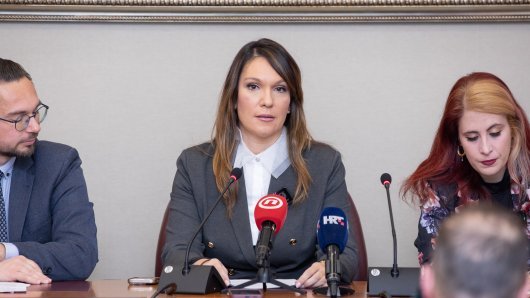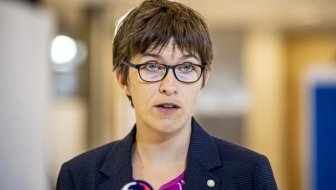After 10 years of its implementation, it can be said that the Croatian pension reform has been successful, the only real problem being a too low rate of allocations paid into the second pillar, a conference organised by Banka magazine and the Institute of Public Finance heard in Zagreb on Wednesday.
The pension reform was planned having in mind that the initial 5% rate of allocations would be gradually raised, but since this has not happened, there is a risk of the reform getting stuck half way and second-pillar pensions remaining low.
The association of companies managing pension funds has therefore proposed a gradual increase of allocations from 5% to 6% from gross salaries and an increase by an additional 1% every year following a year with the Gross Domestic Product growth of more than 2%, said Dinko Novoselec, the president of the management of the AZ Fund.
So far, fewer than 1,000 people have gone into early retirement under the new scheme and their pensions have been lower than if they opted for the previous scheme. In order to redress this injustice, the association therefore proposes that the additions to their pensions be allowed in proportion to the time they spent in the first pillar, according to Novoselec.
These 10 years, however, have proved the resilience of the second pillar that has survived a major global crisis. The total earnings of members of retirement funds in the first half of 2011 reached nearly HRK 7 billion, despite losses of HRK 2.9 billion during the crisis, and the total profit of shareholders in those funds was HRK 261 million.


































